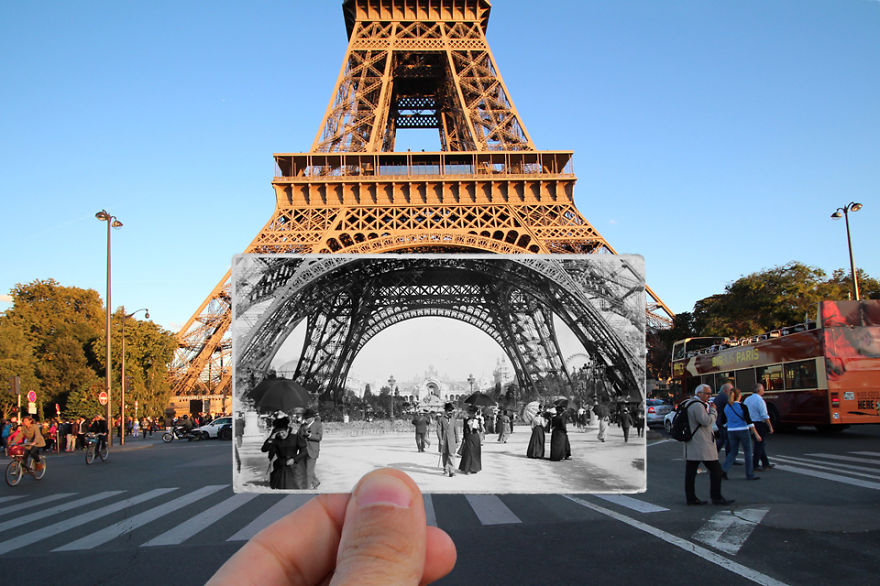The possibilities around what exactly is real time are endless. What constitutes real time information will vary depending on who you are talking to, and what situation you find yourself in. The idea of real-time often focuses on data and information that is happening right now, in real time. However, in most situations all you have to do is change one single variable, and this notion of what is real time can be thrown out the window. For example, all I have to do to completely shift the idea of realtime information around us, is by changing my location, and the focal point on what is real time will shift.
Imagine I’m walking through the historic part of town, with mobile phone in hand, or possibly wearing an augmented reality headset or headphones. Do I want realtime information that has just occurred? No, I want historical information delivered to me in real time. I want details about buildings, streets, and the history about what has happened at my location, as I wander around in real time. Think about that. The only thing that makes historical information realtime, is changing the location of a human who is interested in that history. The data and information is not real time, the need for the information, associated with a specific latitude and longitude becomes the real time variable. I need information in real time at this location.
This post is meant to be a lesson for API providers who tell us they do not need our services. We regularly get people who tell us that the data they serve up via their APIs isn’t real-time, looking to shut down the conversation. This is just a limit of imagination, and not a limitation of their data. These possibilities should always encourage us to step back and think more broadly about the data we are serving up, and what real-time events are possible in different contexts. Always pushing the definition of what is real time, and making it work for us, rather than it always defining our reality.
Photo credit: Julien Knez
